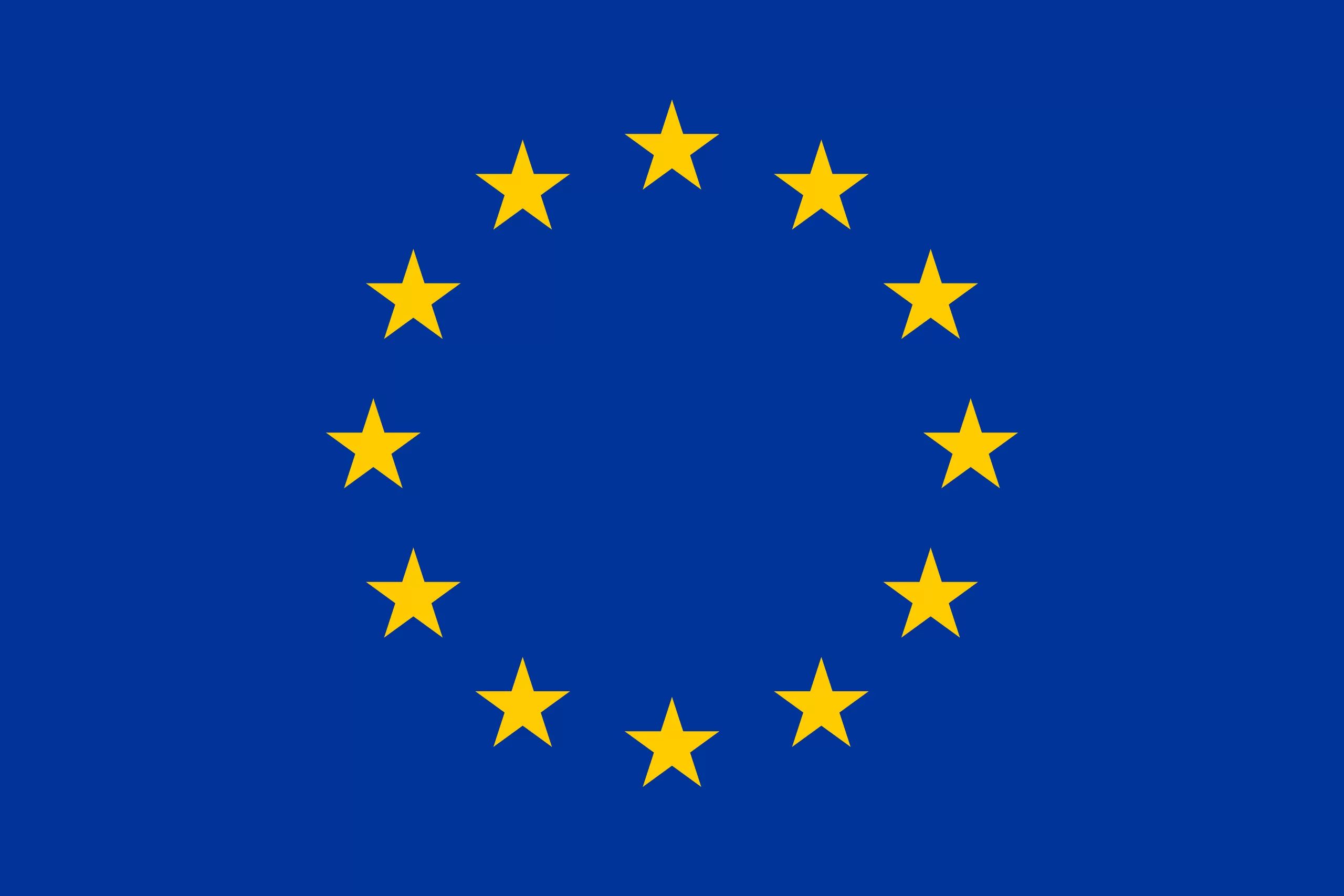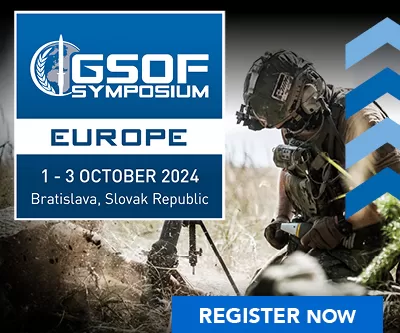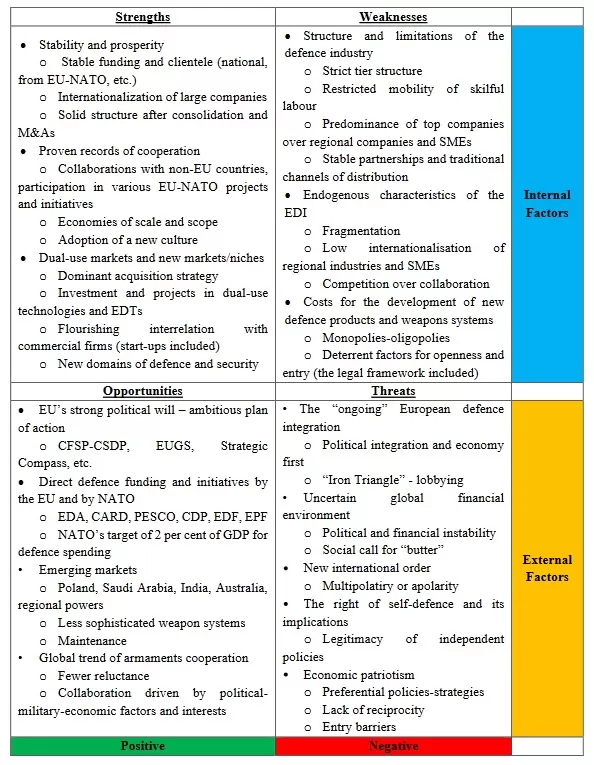📚 Unlock the World of AI and Humanity with These Two Free Books! 🚀
Dive into the thrilling realms of artificial intelligence and humanity with "The ECHO Conundrum" and "Awakening: Machines Dream of Being Human". These thought-provoking novels are FREE this week! Don't miss the chance to explore stories that challenge the boundaries of technology and what it means to be human.
Read More & Download
In an ever-changing geopolitical landscape, the European defence industry stands at a pivotal crossroads. With rising tensions and the recent resurgence of armed conflict within Europe, there is a pressing need for robust defence capabilities. This article delves deep into the European Defence Industry (EDI) through a comprehensive SWOT analysis, examining its strengths, weaknesses, opportunities, and threats. By doing so, we aim to illuminate how the EDI can adapt and thrive amid current challenges while ensuring the security and stability of the continent.
The Context of European Defence
Historically, the European defence landscape has been significantly influenced by international relationships and internal political dynamics. In light of the ongoing conflict in Ukraine and the strategic recalibrations that followed, EU leaders have underscored the urgency of achieving greater defence autonomy. This push towards strengthening the EDI is not just a response to immediate threats but also an essential part of the EU’s broader objective: to secure its values and priorities globally.
With the embodiment of this commitment found in initiatives like the Permanent Structured Cooperation and the European Defence Fund, the EDI has a unique opportunity to redefine its path. However, it’s essential to understand both the internal capacities of the EDI and the external challenges it faces.
Strengths of the EDI
1. Increased Defence Spending
The first evident strength lies in the substantial increase in defence budgets across European nations. According to recent statistics from the Stockholm International Peace Research Institute (SIPRI), military spending globally reached an unprecedented $2.1 trillion in 2021, with European defence spending rising for a sixth consecutive year to €198 billion. This financial backing provides a solid foundation for the EDI to develop innovative technologies and enhance its capabilities.
2. Strong Collaborative Framework
The framework established through initiatives like the EU Global Security Strategy emphasizes collaborative efforts among member states. The success of various joint projects demonstrates how nations can pool resources and expertise, paving the way for improved defence systems that address common challenges. The established projects spanning multiple defence categories showcase this cooperative mindset.
3. Dual-Use Capabilities
The blending of civilian and military technologies has opened vast opportunities within the EDI. Many companies can pivot between these two sectors, leading to innovative solutions and increased market potential. The growth of dual-use applications can substantially enhance the EDI’s capacity to respond to crises efficiently while applying cutting-edge technologies.
Weaknesses of the EDI
1. Fragmented Industrial Landscape
A notable weakness is the fragmented nature of the European defence market. With diverse national defense strategies and various weapon systems in play, coordination becomes complex. This fragmentation dilutes the potential for developing a coherent defense strategy, hindering the agility needed to respond effectively to threats.
2. Barriers for SMEs
Small and medium-sized enterprises (SMEs) within the defence sector often struggle to compete against larger corporations. They face challenges such as a lack of funding, limited access to advanced technologies, and difficulties in entering collaborative projects. This restricted environment can stifle innovation and diminish the competitive edge of SMEs.
3. High Development Costs
Developing advanced weapon systems and technologies entails significant costs. These include extensive research and development, compliance with stringent regulations, and costs associated with procurement processes. Such financial burdens can deter new entrants and limit the overall growth of the defence industry.
Opportunities for the EDI
1. EU’s Political Will for Improved Defence
The EU’s renewed political commitment to enhancing defence capabilities offers an optimistic outlook for the EDI. The establishment of a clear action plan through the Strategic Compass outlines practical steps for developing common capabilities among member states. This ambitious plan creates a fertile ground for growth and collaboration.
2. New Emerging Markets
As global conflicts ensure the continual evolution of defence needs, emerging markets present a wealth of opportunities for the EDI. Nations like Australia, India, and those in the Middle East are increasingly invested in arms imports. This growing demand can lead to significant export opportunities for European manufacturers.
📚 Unlock the World of AI and Humanity with These Two Free Books! 🚀
Dive into the thrilling realms of artificial intelligence and humanity with "The ECHO Conundrum" and "Awakening: Machines Dream of Being Human". These thought-provoking novels are
FREE this week! Don't miss the chance to explore stories that challenge the boundaries of technology and what it means to be human. Read More & Download
3. Focus on Cyber and Space Domains
With warfare strategies evolving, the new domains of cyber-security and outer space are critical frontiers for the EDI. The EU’s investment in cyber capabilities and space technologies can turn into lucrative opportunities. By addressing hybrid threats and enhancing digital infrastructure, the EDI can secure its position in these rapidly advancing sectors.
Threats to the EDI
1. Uncertain Global Financial Environment
Economic instability stemming from the pandemic, global inflation, and supply chain disruptions poses severe risks to the defence sector. As prices escalate, profit margins shrink, making it harder for industries to invest in necessary advancements. The upcoming years may see reduced demand for armaments due to these financial strains.
2. Rising International Tensions
The shifting dynamics in international relations, characterized by the rise of multipolarity and aggressive postures from non-EU states, present significant threats to the EDI. As competitors strengthen their military capabilities, the EDI must remain vigilant and responsive to these evolving geopolitical challenges.
3. Economic Patriotism
The trend of countries prioritizing national defence industries threatens fair competition in the market. With policies favoring home-grown suppliers, European manufacturers may find themselves at a disadvantage when competing on a global scale. This economic nationalism can obstruct the necessary collaboration for a robust EDI.
Conclusion: Navigating the Future
As the European defence industry confronts multiple challenges and opportunities, a proactive and strategic approach is essential. By leveraging its strengths, addressing weaknesses, capitalizing on emerging opportunities, and remaining vigilant against threats, the EDI can secure a prosperous and stable future.
This SWOT analysis highlights that while the EDI faces significant hurdles, the potential for growth and innovation remains strong. As the geopolitical landscape continues to evolve, the commitment to collaboration, investment in new technologies, and a focus on strategic autonomy will be crucial for ensuring the security and sovereignty of Europe in the decades to come.
📚 Unlock the World of AI and Humanity with These Two Free Books! 🚀
Dive into the thrilling realms of artificial intelligence and humanity with "The ECHO Conundrum" and "Awakening: Machines Dream of Being Human". These thought-provoking novels are FREE this week! Don't miss the chance to explore stories that challenge the boundaries of technology and what it means to be human.
Read More & Download




